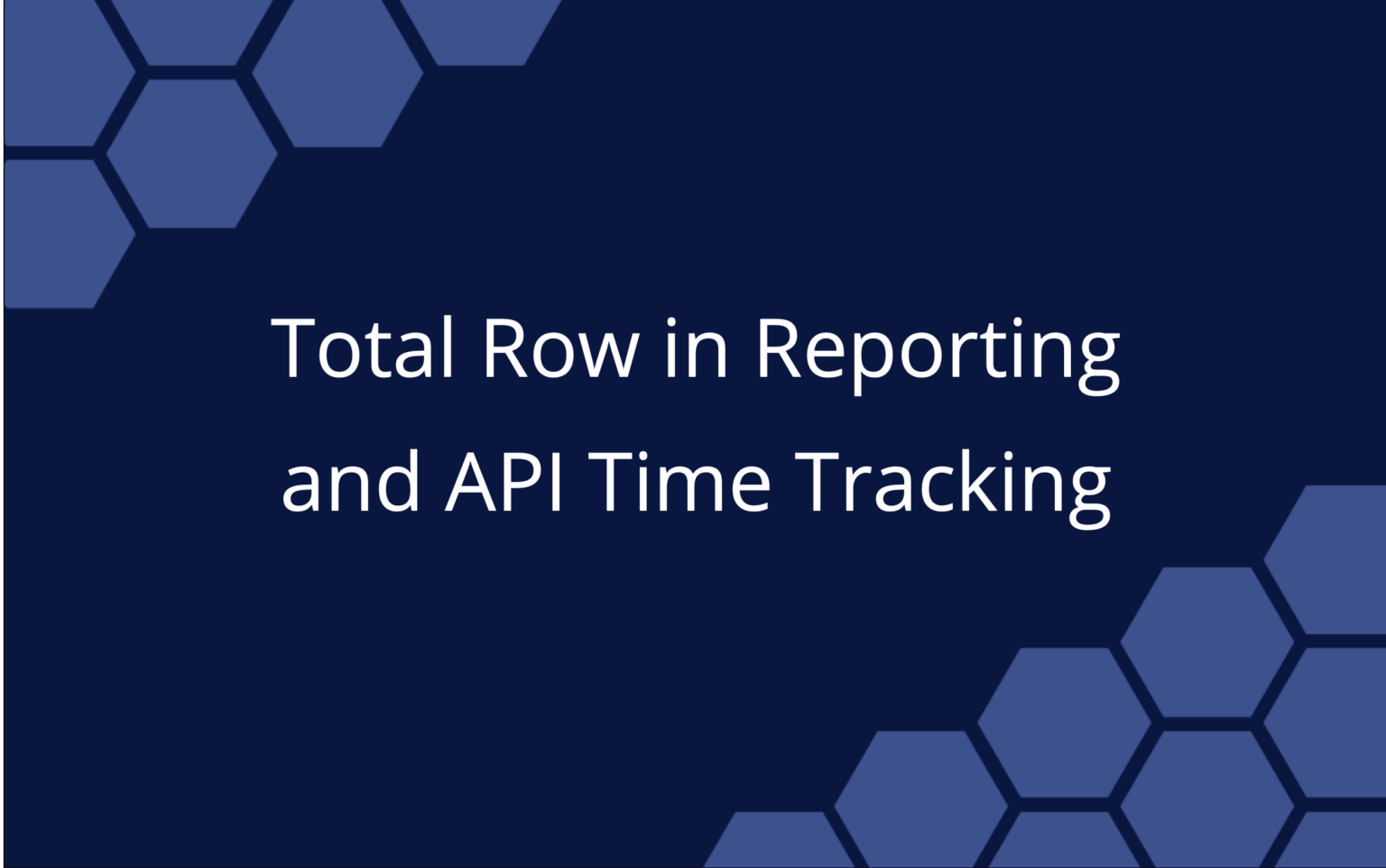Dear Elizabeth: There are people in my team who don’t pull their weight. They don’t deliver what they say they will, and they don’t seem committed to the goals of the project. I need them to step up and do what’s required, but I can’t seem to make that happen. Instead, rather than let them derail the project, I find myself doing extra work (their work) to keep the project on track. I know that I’m burning out. I want to do the right thing for the project, but I can’t keep going like this. How can I deal with the problem?
Youch. What a difficult position to be in—and it’s unsustainable. Burnout is real! You are definitely on the path to crashing out, and you see that for yourself already. The very first thing to do is to stop doing the extra work. If no one is going to die, just stop. Your health needs to be a priority.
Now that the work is mounting up and people aren’t doing their part, let’s look at what options you’ve got to get this project team back on track.
Take First Steps
First, let’s review the basics. I’m going to assume you’ve already done this because it’s Project Management 101, but it never hurts to have a quick recap.
The project team members should be setting their own deadlines for work. Let them estimate the tasks and give you a date by when they will have achieved it. They should have some flexibility on how they are going to complete the work and hit the deadline. They may not approach the task in exactly the same way as you would, but if there isn’t a genuine reason why it has to be done in a very specific way, let them decide how best to approach the work.
Ideally, they should be choosing their own tasks too; agile approaches like Kanban allow people to pick the work they want to do next, within boundaries that assure each task contributes productively to the whole. If people do work they enjoy, they tend to do it better and complete it more quickly.
Make sure they fully understand the task and have the skills to complete it. You’d be surprised (or perhaps not!) at the number of people who get given work and then have no idea about how to actually do it. Support people, and create an environment where they can do their best work. That could mean making sure your project schedule and budget include provisions for them to go on a training course.
Next, expect them (and everyone else on the team) to report publicly on progress during team meetings. If they haven’t done a task, they need to be saying that in front of everyone. Sometimes, the public commitment to doing a task and the public confession that it hasn’t been done, especially if everyone else is reporting real progress, can be enough to tweak someone’s attitude so the work gets done.
Technology can support you here. Your project management software will make it very obvious when tasks are overdue. Configure your dashboard to show overdue tasks by team or individual and display progress for all to see.
However, as I said, I imagine you have tried these basic techniques already, and they aren’t working.
What else do we have in the toolbox that you can try?
Talk to Their Line Manager
One of the common reasons for people not to do their project work is that their day job work is more important, more pressing, more visible, or a combination of all of those. These days, many people are expected to do a full-on business-as-usual role and then magically find time to slot projects in around the edges of their existing commitments.
Unsurprisingly, when it’s a case of prioritizing something that keeps the business running, such as paying invoices, the project work you need to be done simply falls down the To-Do list. Their line manager should be able to provide them with protected time to do their project work.
Have More Regular Check-Ins
The weekly project team meeting might not be enough. People often leave a meeting and then forget what they have committed to. The week passes in a blur and before they know it, they’re back at the weekly review session and still haven’t moved any of their actions forward.
If this happens, book in more regular checkpoints. These don’t have to be formal meetings. Make a note in your diary to call the individual and check progress.
During your check-in conversation, get a feel for how much progress has been made and ask if they need any help. Tell the person that progress feels slow and ask what you can do to support them to hit the deadlines. Ask them outright why they haven’t been able to complete the work to the required standard by the deadline.
You can help someone more effectively if you know what is blocking them. If it’s an external blocker, such as their line manager not freeing them up to do the work, then that’s something you can resolve.
Manage Them Out
Your project team—and your business overall—isn’t somewhere for slackers. The hard reality is that not everyone is going to perform well in every role. Some people aren’t suited to a project environment. Even if you clear their desk and allow them protected time to do project work, they may still not flourish.
The world is full of people with differing abilities and interests. You need to find the right people for your team, not just the available people.
Sometimes, that means managing people off of the team.
Talk to their line manager (again). Explain what needs to be done and why the person seems incapable of doing it. Ask for them to be replaced with someone who is capable and available to do the work.
The line manager may be able to help you resolve your resource problem quickly, and it will take 30 seconds to add a new resource into your project management software and reallocate the work. However, if you also sense a problem with the line manager, then you need to escalate to your sponsor.
Log an Issue and Escalate
Use your project management tools to log an issue on the project relating to the lack of suitable resources. Add this to your project reporting. Discuss it with your sponsor. You can also talk to the sponsor about the personal effect this is having on you, what you’ve done so far to keep the project going, and that, to ensure your ability to see the project through, you’ve got to stop doing those extra tasks to avoid burnout.
For a sponsor, this is a problem. The project manager (you) is stating that there is a resource issue on the team. In my experience, project sponsors prefer to be given solutions rather than problems, so think about what you can recommend for suitable next steps. Your route forward could include the following:
- Replacing the ineffective team member
- Securing funding for a contract resource to replace the individual
- Implementing a performance management plan via the line manager so the individual is more closely managed, with specific consequences (likely to be leaving the company) if their performance does not improve
- Extending the timeline for the project so you deliver later but with reduced resources
You can probably think of other things that may help your project get back on track with the right people in post.
The underperforming individual may be able to find a role that better suits their skills back in their original day job capacity or in a different environment, or you may end up supporting a line manager in managing them out of the business.
Ultimately, poor performers on projects need to be managed as soon as you can because their uncompleted work will stack up over time. These people drag you down. Stop doing their work and get some support from your management community so you can get back to managing the project the way it should be run.
Elizabeth Harrin is a project manager, author of several books, and a mentor. Find her online at her blog, A Girl’s Guide to Project Management
 Say hello to the new Tempo! LiquidPlanner is now Portfolio Manager.
Say hello to the new Tempo! LiquidPlanner is now Portfolio Manager. 






